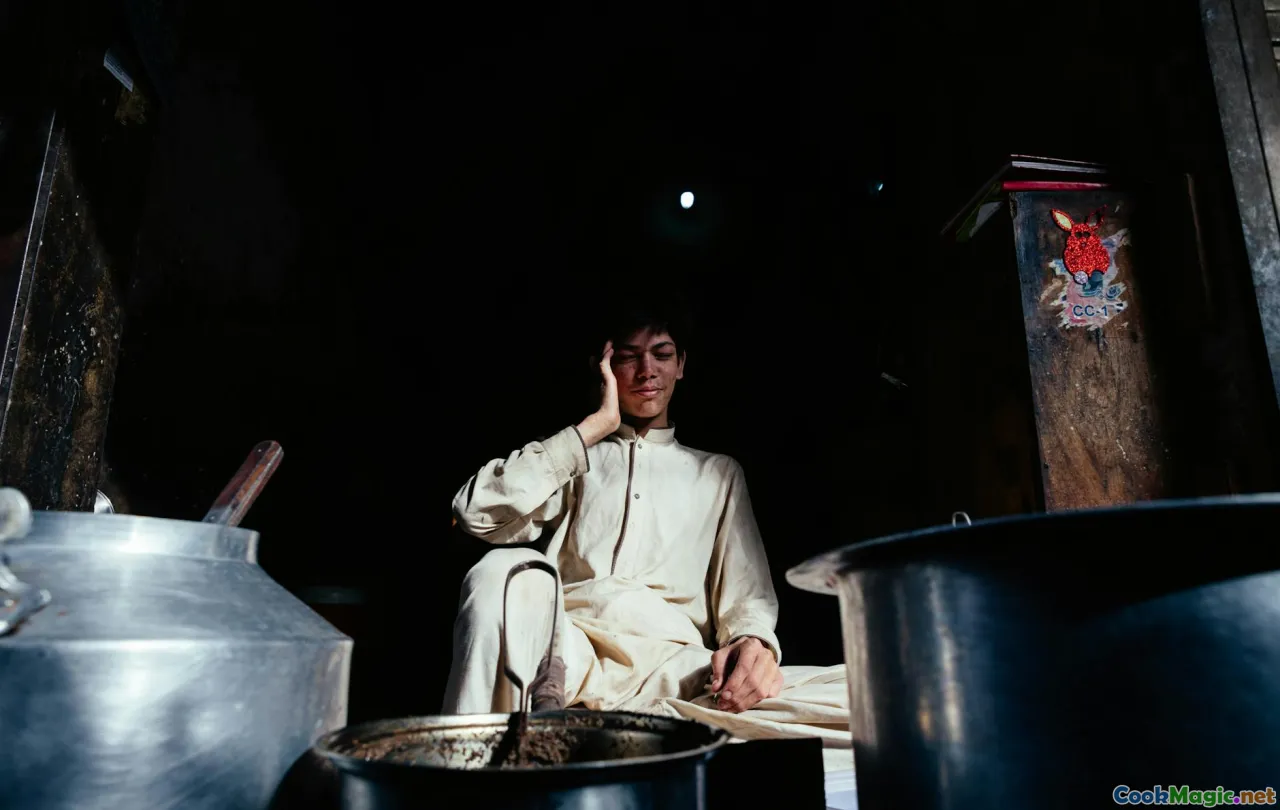Preserving Māori Food Traditions in Urban Lives
7 min read Exploring how Māori food traditions are kept alive amidst urbanization, blending history, culture, and modern innovation in vibrant ways. April 26, 2025 06:00
Preserving Māori Food Traditions in Urban Lives
Imagine walking through a bustling city street in Auckland or Wellington, where the scent of fresh seafood, smoky hangi, and roasted kūmara wafts through the air, transporting you back to Māori ancestral lands. Despite the rapid pace of urbanization and modern life, the rich tapestry of Māori food traditions continues to thrive—albeit in evolving forms. This resilience is a testament to the deep cultural roots and passionate efforts of Māori communities to keep their culinary heritage alive.
The Cultural Significance of Māori Food
Food in Māori culture is much more than sustenance; it is a living expression of identity, history, and spirituality. Traditional Māori cuisine, or "kai Māori," encompasses a diverse array of ingredients and techniques that have been passed down through generations. Central to this heritage are foods like kūmara(sweet potato),tīpuna(fermented foods),seafood, and wild greens, all prepared with reverence and skill.
The hangi, a traditional earth oven, exemplifies communal eating and spiritual connection to the land and ancestors. Cooking over heated stones buried in earth, the hangi imparts a smoky aroma that infuses the food with a sense of place and history—an experience that many Māori cherish deeply.
Challenges of Urbanization
As Māori communities increasingly migrate to urban centers for education, employment, and modern opportunities, their connection to traditional foodways faces significant challenges. The availability of fresh, native ingredients can be limited, and the space and resources needed for traditional cooking methods like the hangi are often scarce.
Moreover, younger generations may feel distanced from their roots amid the fast-paced city life, leading to a decline in the transmission of culinary knowledge. The commercial food industry’s dominance can sometimes overshadow traditional practices, pushing Māori cuisine into niche or commercialized spaces rather than the everyday lives of urban Māori.
Innovative Ways to Keep Māori Food Traditions Alive
Despite these obstacles, numerous Māori chefs, community groups, and cultural organizations are pioneering innovative approaches to preserve and adapt their food heritage in urban environments.
1. Urban Hangi and Community Feasts
While traditional hangi requires earth and outdoor space, urban Māori have devised creative solutions such as electric hangi ovensorcommunity hangi events in parks and community centers. These gatherings foster cultural pride, educate the public, and maintain the communal spirit that underpins Māori meals.
2. Incorporating Traditional Flavors in Modern Cuisine
Chefs like Tamara DavisandMāori culinary entrepreneurs are blending traditional Māori ingredients with contemporary culinary techniques. Think kūmara-infused breads, seaweed salads with native herbs, or Māori spice blends used in gourmet dishes. These innovations make Māori flavors accessible and appealing to urban audiences.
3. Education and Cultural Workshops
Organizations such as Te Tātai HonoandNgā Kai Whāea run workshops teaching the art of traditional food gathering, preparation, and cooking methods. These initiatives empower Māori youth and urban dwellers to reconnect with their roots through hands-on experiences—learning how to harvest, prepare, and cook native foods.
4. Preservation of Ingredients and Artisanal Products
Urban Māori are increasingly seeking out native ingredients through specialty markets, online suppliers, and community gardens. For example, growing kūmara, harakeke (flax), and native herbs in city allotments or urban farms helps sustain the supply of traditional ingredients.
5. Digital and Social Media Engagement
Social media platforms are powerful tools for sharing recipes, stories, and cultural knowledge. Māori food bloggers and influencers showcase traditional dishes and their significance, inspiring a new generation to embrace their culinary heritage.
Personal Stories and Community Impact
In my own experiences visiting Māori urban communities, I have witnessed powerful moments of cultural revival. At a recent festival in Wellington, I tasted a steaming bowl of māori-style seafood chowder, infused with native herbs and smoked fish—a perfect marriage of tradition and innovation. The aroma alone transported me to a coastal marae, where food is a sacred gift.
I also met Ria, a young Māori woman who learned to cook traditional foods from her grandmother. Now studying culinary arts, she uses her platform to promote Māori ingredients and techniques, inspiring others to preserve their cultural identity through food.
The Future of Māori Food in Cities
Preserving Māori food traditions in urban settings requires a collective effort—combining respect for heritage with creative adaptation. As Māori communities continue to innovate, their cuisine will not only survive but flourish, becoming a vibrant part of city life.
Programs that encourage cultural education, community-driven food projects, and sustainable sourcing of native ingredients are essential. Moreover, fostering pride and ownership among Māori youth ensures that these culinary traditions remain alive for generations to come.
Conclusion
The story of Māori cuisine in urban lives is one of resilience, innovation, and deep cultural pride. It is a testament to the enduring power of food as a vessel for history, identity, and community connection. Whether through a traditional hangi shared in a city park or a modern dish celebrating native flavors, Māori culinary traditions continue to resonate, inspiring all of us to honor and preserve our cultural heritage through the universal language of food.









